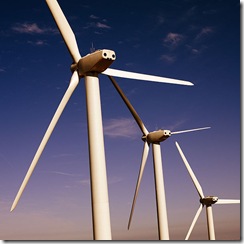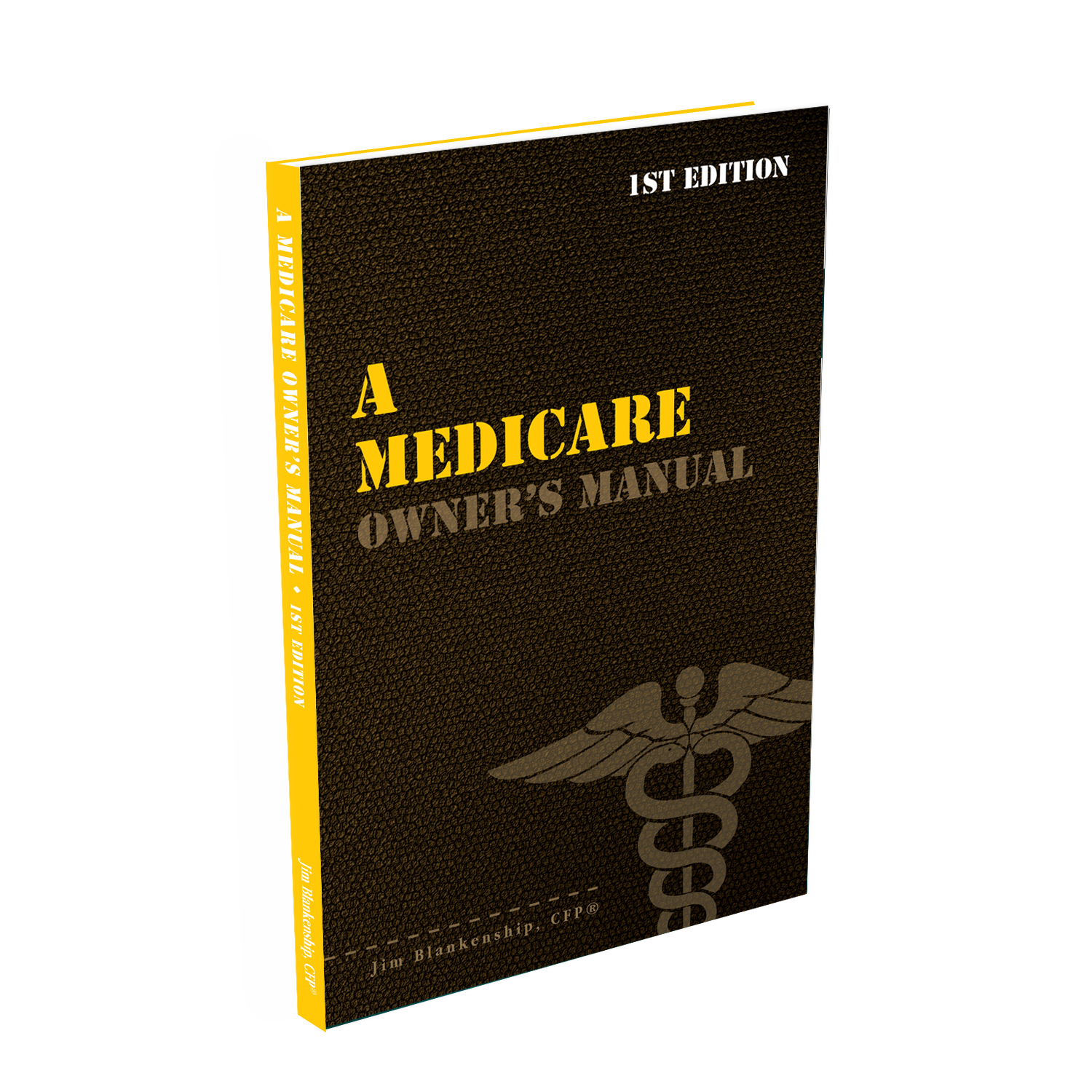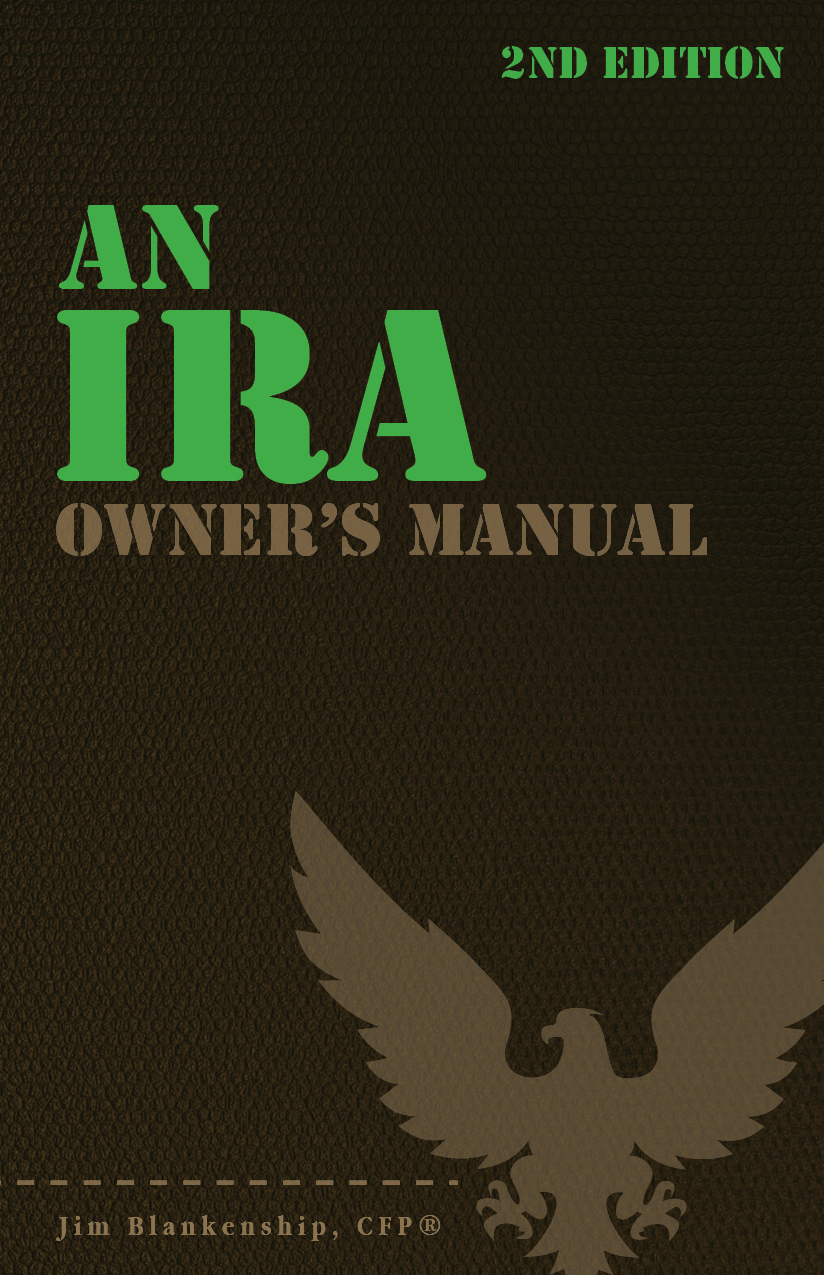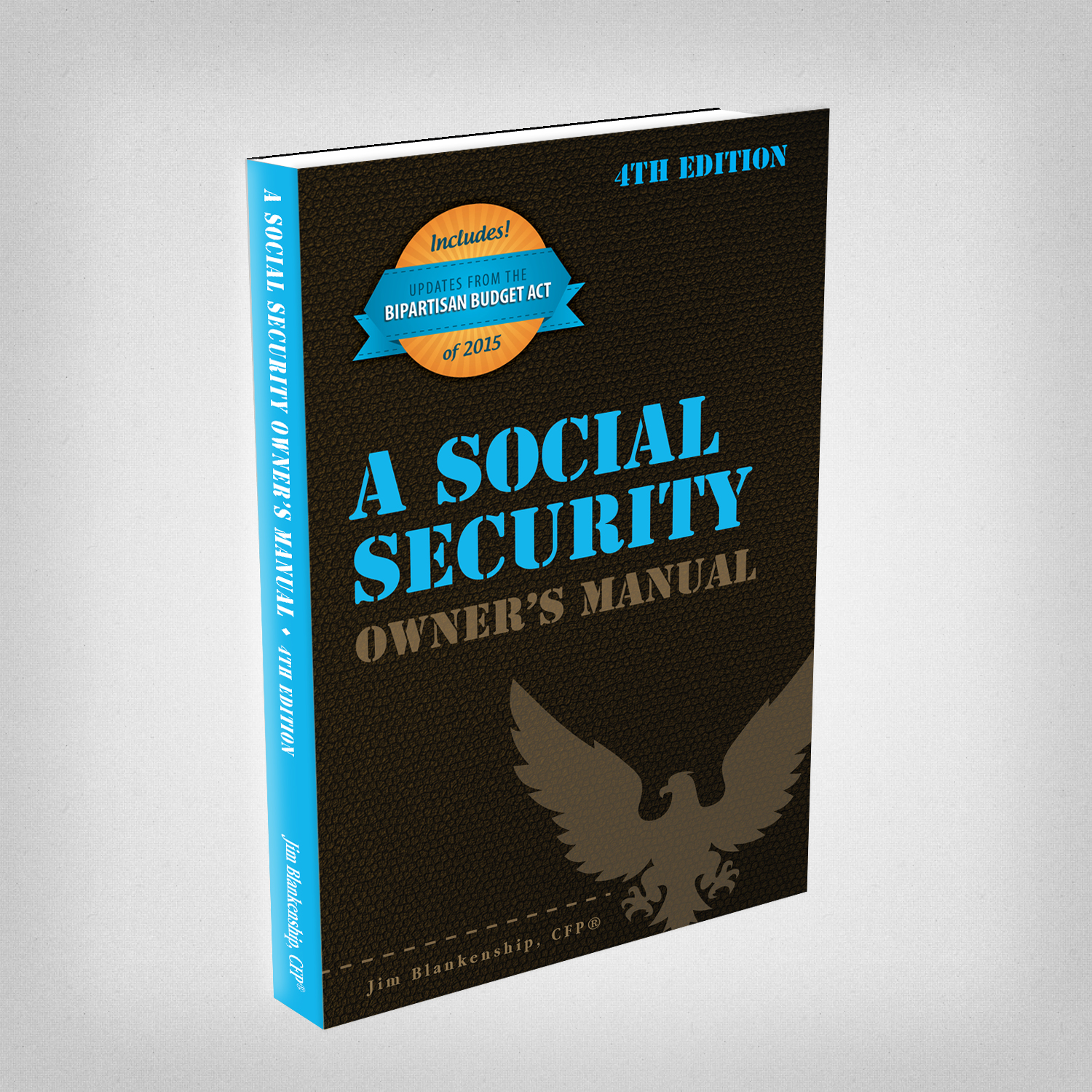 This tax credit has undergone a change from previous years. In 2010, for example, you could achieve a credit for as much as 30% of the cost of your energy-saving home improvements, with a ceiling of $1,500.
This tax credit has undergone a change from previous years. In 2010, for example, you could achieve a credit for as much as 30% of the cost of your energy-saving home improvements, with a ceiling of $1,500.
Beginning January 1, 2011, the credit rate is now just 10%, and the ceiling has been lowered to $500. Something important to keep in mind about this credit: any credit claimed in prior years (2009 and/or 2010) will be used to reduce your ceiling. In other words, if you claimed the full credit (or any amount up to $500) on a previous year’s tax return, you have no energy-saving home improvement credit available to you.
In addition to the changes above, there are specific item caps in place as well. For example, if you are putting in a new furnace or water heater, the credit for those units is capped at $150. If you’re putting in a biomass fuel stove (those are the corn-fueled or pellet-fueled furnaces), then you can claim up to a $300 credit against the purchase price. And if you’re putting in new energy-efficient windows, the cap is $200.
One area that the credit remains at 30% is with alternative energy systems, such as wind-power or solar panels, so if you’re really into the alternative energy option this could be helpful.
Photo by Wikimedia


 Sterling Raskie, MSFS, CFP®, ChFC®
Sterling Raskie, MSFS, CFP®, ChFC® The latest in our Owner’s Manual series, A 401(k) Owner’s Manual, was published in January 2020 and is available on
The latest in our Owner’s Manual series, A 401(k) Owner’s Manual, was published in January 2020 and is available on  A Medicare Owner’s Manual, is updated with 2020 facts and figures. This manual is available on
A Medicare Owner’s Manual, is updated with 2020 facts and figures. This manual is available on  Social Security for the Suddenly Single can be found on Amazon at
Social Security for the Suddenly Single can be found on Amazon at  Sterling’s first book, Lose Weight Save Money, can be
Sterling’s first book, Lose Weight Save Money, can be  An IRA Owner’s Manual, 2nd Edition is available for purchase on Amazon. Click the link to choose the
An IRA Owner’s Manual, 2nd Edition is available for purchase on Amazon. Click the link to choose the  Jim’s book – A Social Security Owner’s Manual, is now available on Amazon. Click this link for the
Jim’s book – A Social Security Owner’s Manual, is now available on Amazon. Click this link for the  And if you’ve come here to learn about queuing waterfowl, I apologize for the confusion. You may want to discuss your question with Lester, my loyal watchduck and self-proclaimed “advisor’s advisor”.
And if you’ve come here to learn about queuing waterfowl, I apologize for the confusion. You may want to discuss your question with Lester, my loyal watchduck and self-proclaimed “advisor’s advisor”.